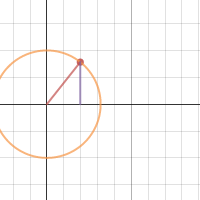

2.5m – 3.5m – 3.28 f/m – 3.28 f/m) or just once? If no one makes that error, I’m for sure going to throw it out there that “ a student from another class got a different answer.” Then they’ll construct an argument for or against. If they convert in their last step, will they multiply by the conversion factor twice as they should? (ie.But will other students multiply the linear dimensions and then convert the area? Will they arrive at the same conclusion?

I imagine most students will convert the linear dimensions and then multiply.I imagine most students will convert the meters to feet.Here’s what I expect to be pretty interesting as students work with the fact that there are 3.28 feet in a meter: Rodney is from the United States and Emile is from France. I’m going to give you the width and height of the rectangles and we’ll find out who guessed correctly. They are.) but it isn’t an essential moment. Then we’ll take a quick poll.Ī student may ask if the two drawings are at the same scale, which would make for a nice, quick discussion (“Good eye. I’ll ask them to write down their guesses, then share with a neighbor. Which is bigger or are they both the same?” (Good catch from Chris Lusto on Twitter: “‘How much greater?’ omits the possibility they have equal area. So I’ll tell students, “Two students drew pictures of their rooms. If I’m teaching this material tomorrow, I don’t have time to whip up a video or a photo. Why? Is that just a contrivance for the sake of a math problem? One set of dimensions is given in feet and the other in meters. But when the information is already included, students will start to calculate right away. A choice between two items like this lends itself really well to a guess. It’s already pretty spare, but I’m going to get rid of the information for a minute.


 0 kommentar(er)
0 kommentar(er)
